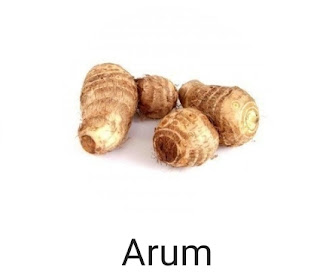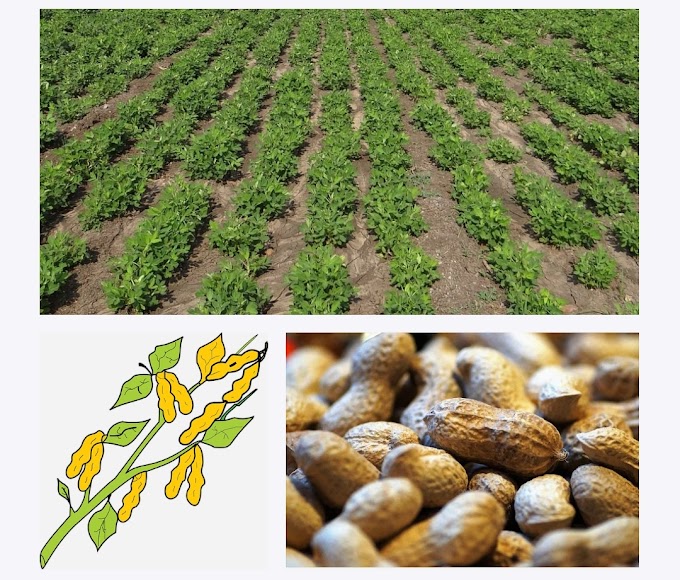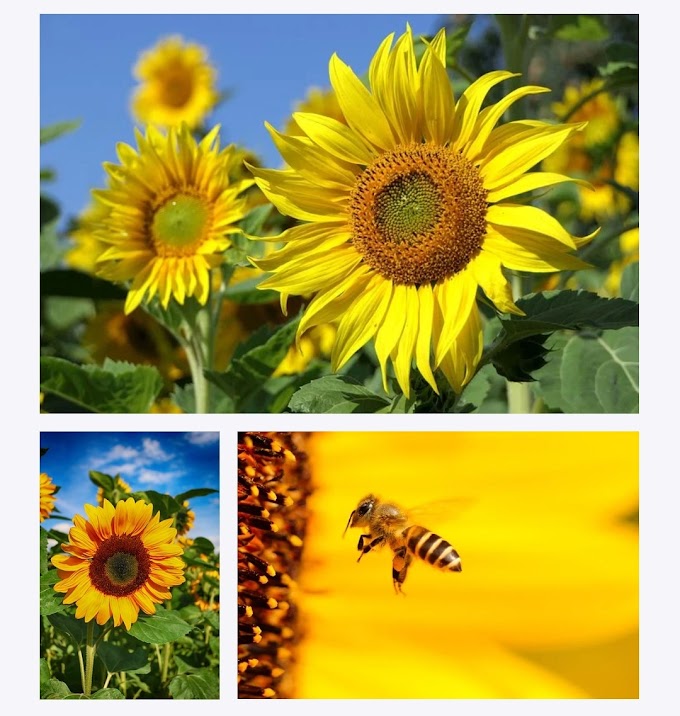Arum farming cultivating organically
 Farm Ploughing and Soil Preparation Loam, sand loam and heavy soil are suitable for its cultivation.
Farm Ploughing and Soil Preparation Loam, sand loam and heavy soil are suitable for its cultivation. Proper arrangement of irrigation and drainage should be made. After the first ploughing is done with a soil-overturning plough, 2-3 ploughs should be planted with indigenous ploughs, herons or cultivators|
sowing method
Arabic sowing should be done in lines: Line to line distance should be 45 cm and plant distance should be 30 cm and 6 to 7 cm depth.
Seed Varieties
Rashmi, Indra, Shri Pallavi, B-250 and 260, CO-1, Satmukhi and Shri Karan. There are varieties like Gaureya, Kaka Kachu, Panchmukhi, NDC 1, 2 and 3, Kadama, Saharshmukhi, Muktakashi, Ahina Local, Telia, Nadia Local, C-266, 149, 135 and 9, S3 and 11, Punjab, Bansi, Ladhra, Vihar and Faizabadi etc.
Fertilizer Information
150 to 200 quintals of dung manure should be added to the field 1 month before sowing and mixed well. Fertilizers contain 100 kg nitrogen, 50-60 kg phosphorus, 50-60 potash per hectare. Half of the nitrogen content and the entire amount of phosphorus and potash should be given in the crop 2 times at the time of final tillage and the remaining amount of nitrogen.
Diseases & Treatment
The anti-disease varieties should be sown to prevent the scorched disease. 1.5-2 litres of mancozeb or dithen M-45 should be sprayed per hectare by dissolving 1 litre in 700 to 800 litres.
Auxiliary Machines
Soil overturned ploughs, indigenous ploughs or harons, khurpi, spades, shovels etc. are required.
Weed Control
Weeds should be weeded out from time to time for management of weeds. For chemical control, 3.5 litres of pendamethlin should be mixed with 700-900 litres of water and sprayed per hectare in wetlands for 2-3 days of sowing so that weeds do not accumulate.
Health & Nutritious Quality
Moisture, fat, fibre, minerals, protein, iron, potassium, thiamin, carbohydrates, vitamin A, calcium, sodium etc.
Nutrients are found.
















0 Comments